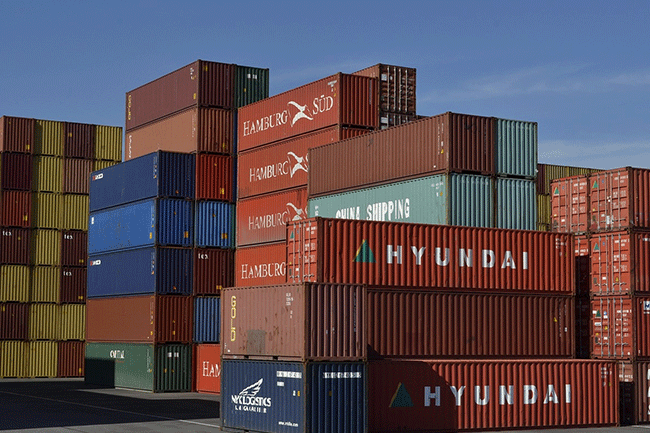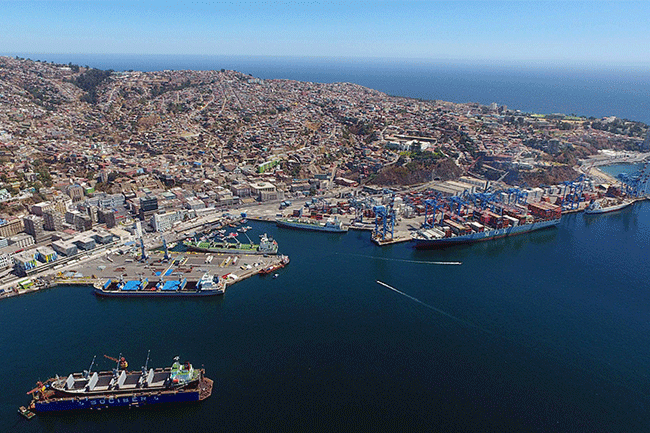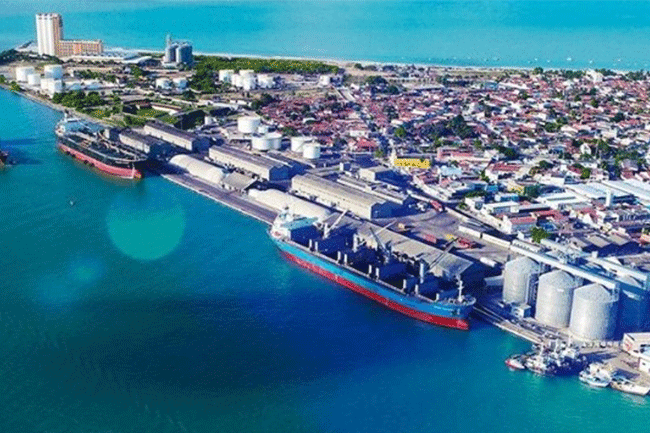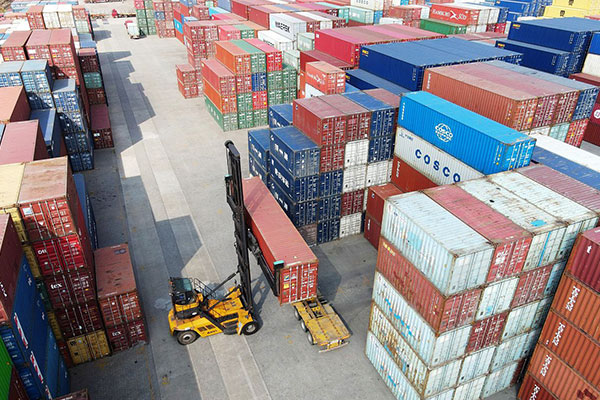- Shanghai Zhongshen International Trading Co., Ltd. – Your reliable partner with 20 years of import/export agency service expertise.

I. Japan’s Green-Bean Import Trade Landscape: Opportunities and Challenges under the RCEP Framework
In recent years, China’s coffee market has expanded at an average annual rate of 15%. Japan, a key Asian hub for coffee-bean processing and transshipment, has seen its market share in China steadily rise thanks to the meticulous craftsmanship and strict quality control of its roasted and blended beans. After the Regional Comprehensive Economic Partnership Agreement (RCEP) took effect in 2022, more than 90 % of goods traded between China and Japan have gradually become duty-free. Import tariffs on Japanese coffee beans (HS codes 09012100 for unroasted and 09012200 for roasted) have fallen from 8 % (MFN rate) to 0, significantly lowering import costs.
However, it should be noted that the international trade environment still contains variables: Japan enforces strict supervision under the Food Sanitation Law for exported food, requiring exporters to provide a Health Certificate issued by the Ministry of Health, Labour and Welfare; China Customs implements a “100% document review + spot-check” mechanism for imported food, and in 2023 the number of returns due to non-compliant labeling increased by 12% year-on-year. Against this backdrop, professionalImport Agent ServicesService has become the core choice for companies to control risks and enhance efficiency.
II. Core Competence in Import Agency: The Dual Engine of Documentation and Logistics
(1) Document processing: the "invisible moat" of end-to-end compliance
The core documents for importing Japanese coffee beans include: commercial invoice (must indicate FOB/CIF price terms), packing list (specifying bean variety, roast level, net/gross weight),Maritime transportBill of Lading (orAir freightwaybill), the "Sanitary Certificate" officially issued by Japan, "Origin Certificate》(FORM E can be applied for under RCEP to enjoy tariff preferences), ingredient test report (including caffeine content and microbiological indicators), and a sample of the Chinese label for pre-packaged products.
Zhong Shen International Trade Co., Ltd.The advantages of documentation are reflected in three aspects:
- Preliminary review and pre-correction: Upon order acceptance, conduct a pre-check on the completeness and consistency of documents—for example, verify that the invoice amount deviates from the contract total by no more than 5 %, and confirm that the nutrition labeling table complies with GB 28050-2011;
- : Whether it supports direct connection and declaration with the Electronic Tax Bureau: Direct connection to the Customs H2018 system through the Single Window enables second-level transmission of customs declarations; in 2023, the average document rejection rate was only 0.8% (industry average: 3%);
- Handling of Special Scenarios: For small trial orders (e.g., under 200 kg), we can help apply for “sample customs clearance” (HS code 9801) to reduce the pressure of prepaid tariffs.
(II) Logistics Management: End-to-End, Door-to-Door Time and Cost Control Across the Entire Chain
The mainstream transportation methods for importing Japanese coffee beans are sea freight (accounting for 85%) and air freight (for emergency restocking scenarios):
- Maritime transport: The main ports are Kobe and Osaka, with a transit time of 3–5 days to Shanghai/Ningbo, China. Whether to choose FCL or LCL depends on cargo volume (a 20-ft container holds roughly 18 t, a 40-ft container about 26 t). Zhongshen International Trade has annual contracts with carriers such as MSK and ONE, securing space and obtaining freight discounts of 10 %–15 %.
- Air freight: Tokyo/Narita Airport to Shanghai Pudong Airport, total transit time ≈ 12 h; ideal for high-value specialty lots under 3 t (e.g., Asano Coffee’s Geisha blend). Ensure the air waybill (AWB) matches the “Mode of Transport” field on the customs declaration.
Control of logistics nodes is critical: complete “Single Window” pre-customs declaration 3 days before arrival to avoid demurrage (≈ USD 50/day per 20-ft container); destination port B/L-to-D/O switch normally takes 1–2 working days, but C&S International Trade can compress it to 4 hours by securing a telex-release guarantee in advance through its overseas agent. 2023 service data show that clients using the full-service agency averaged 12 days from Japanese factory pickup to Chinese warehouse (industry average: 15 days).
III. Expansion of Business with Russia: VTBConvert foreign exchange into RMBThe advantage of convenience
Some customers re-export coffee beans to Russia via Japan (or trade directly with Russian buyers); when cross-border settlement is involved, Zhongshen International Trade and Russiaforeign tradeThe bank (VTB) has established a dedicated cooperation channel:
- Settlement efficiency: Uses the SPFS (Russian SWIFT equivalent) to bypass international sanctions, with T+2 settlement (traditional correspondent banking takes T+5);
- Exchange Rate Lock - in: Spot/forward foreign-exchange settlement solutions available; in 2023 we helped clients lock in RUB exchange-rate volatility, cutting FX costs by an average of 3%.
- Document adaptation: Provide translation and formatting guidance for the "Product Information Sheet (ТОРГ-12)" and "Quality Certificate (Сертификат соответствия)" required by Russian customs (certification processing not included).
IV. Client Notice: Key Certification Points and the Scope of Agency Services
Special note: importing Japanese coffee beans involves the following certification/filing requirements (Zhongshen International Trade does not handle these directly but can assist in connecting you with third-party agencies):
- Registration of overseas production enterprises: Japanese coffee-bean manufacturers must register through the “Registration Management System for Overseas Food Production Enterprises” (Order No. 192) of the General Administration of Customs of China; enterprises may submit their applications via Japan’s Ministry of Agriculture, Forestry and Fisheries (MAFF);
- Importer registration: Domestic importers must complete enterprise registration (for food products) on the “China International Trade Single Window” to obtain a 10-digit registration number;
- Label review: Pre-packaged coffee beans must be accompanied by a Chinese label sample (including product name, ingredients, country of origin, production date, shelf life, etc.) that complies with GB 7718-2011 "General Rules for Pre-packaged Food Labels"; submission to customs for review is recommended 30 days in advance.
If the customer fails to complete the above preparations, it may result in customs clearance delays (an average delay of 7–10 days) or return of the goods (in 2023, 5% of returns were due to the overseas enterprise not being registered). Zhongshen International Trade can provide the “Certification Preparation Checklist,” which specifies the timeline and documentation requirements for each step.
V. Full-Process Agency Services: Closed-Loop Management from Consultation to Feedback
Drawing on a decade of agency experience, Zhongshen International Trade breaks the import process into nine key nodes, ensuring every step is traceable and optimizable:
- Client Consultation: Use the “Requirement Survey Form” to lock in the core details—bean type (Arabica/Robusta), form (green/roasted), volume (metric-ton/kilo scale), and customs port (Shanghai/Shenzhen/Qingdao).
- Negotiation and Contract Signing: Focus on reviewing the “quality clause” in the contract (e.g., defective beans ≤ 3%), the “risk transfer point” (under CIF Shanghai, when goods cross the ship’s rail), and “dispute resolution” (China International Economic and Trade Arbitration Commission is recommended);
- Orders & Payment: Recommend TT (30% deposit + 70% on arrival) or LC based on the customer's credit status.?L/C?, suitable for first-time cooperation) or D/P (Documents against Payment); for Russia-related business, the VTB channel is preferred;
- Production supervision: For customized orders (e.g., specific roast levels), a local Japanese third party (such as JQA) may be commissioned to conduct on-site loading supervision and issue a "Loading Supervision Report";
- Logistics Management: Provides “dual-track tracing” – official carrier portals (e.g., MSC SHIP TRACKING) plus Zhongshen International’s proprietary system, pushing real-time milestones such as “arrival time” and “estimated customs-clearance date”;
- Customs Compliance: HS code classification (focus on distinguishing 09012100 from 09012200), tariff calculation (RCEP rate 0% vs. MFN 8%), declaration elements (e.g., “method of manufacture or preservation” must state “not roasted” or “roasted”);
- Delivery and Distribution: Arrange “door-to-door” (DDP) or “port-to-warehouse” (DAP) per customer requirements; partnered logistics providers cover major cities nationwide, with an average 2023 delivery lead time (port to warehouse) of 2 days;
- Quality Assurance: Upon arrival at the warehouse, assist the customer in drawing samples for inspection (commissioned to SGS or CCIC); if quality issues arise (e.g., insect damage, moisture), provide the Inspection Report as the basis for claiming compensation from the supplier;
- Summary Feedback: Issue the "Full-Process Import Analysis Report," including a detailed cost breakdown (share of ocean freight, customs duties, and port surcharges), time-efficiency analysis (duration of each stage), and optimization recommendations (e.g., adjusting the mode of transport, advancing the stock-up cycle).
Conclusion: Professional agents are the core guarantee of import efficiency.
Importing Japanese coffee beans involves a tangle of policy, documentation, and logistics hurdles. Partnering with an agent that excels in paperwork, freight optimization, and trade compliance can cut import costs by 15–20 % and accelerate customs clearance by 30 %. With 20 years in the field, Zhongshen International Trade lives by the standard of “zero-documentation errors, end-to-end timing control,” helping companies seize first-mover advantage in China’s surging coffee-consumption wave.
? 2025. All Rights Reserved.










